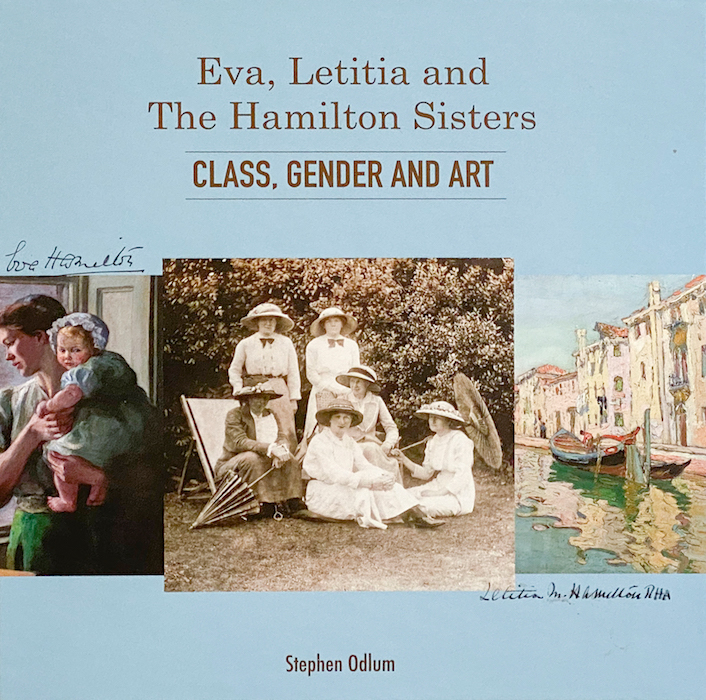Joe Butler’s career shows a total dedication to his pursuit of open, direct metal sculpture, writes John Behan
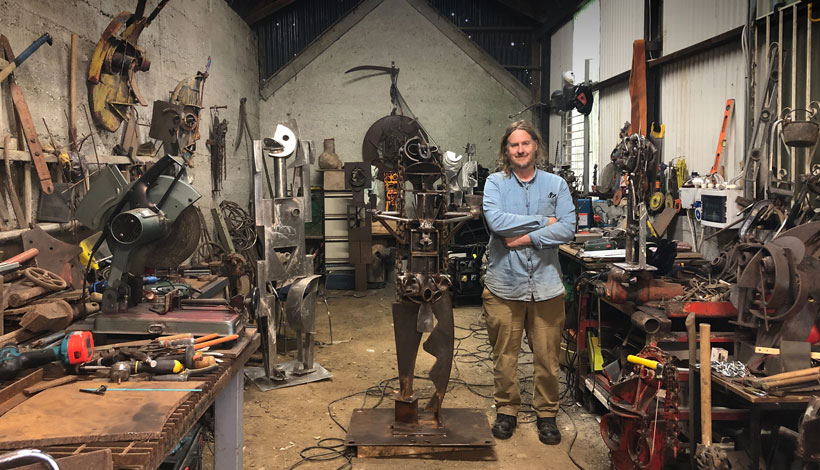
Joe Butler was born in 1955 in Gowran, Co Kilkenny, in the era of what art historian Herbert Read describes as ‘the new iron age‚’ of modern sculpture. Born into a farming family, Butler remembers his father ploughing with a horse. Cows, cocks, hens and pigs surrounded him as a child. His grandfather and uncle were woodworkers, making objects from timber. Through Butler’s career, there is a recurrence of birds, horses and icons of the human figure, suggesting influences from this natal period of his life. Out of this childhood world emerged the artist.
Having attended Gowran primary school, Butler enrolled in Kilkenny technical school, where he responded quickly to the teaching of George Vaughan. Vaughan gave pep talks before classes, which consisted of drawing, painting and lino cuts. He also inspired in Butler a love of van Gogh and the Impressionist painters. Enthused by Vaughan’s teaching, Butler enrolled at NCAD in 1973, graduating in 1978. Before he set out for Dublin, however, he had a visit from the local parish priest. He was worried about Butler’s participation in life classes, where his morals might be corrupted by the sight of a female figure. Undaunted, Butler headed to Dublin, emerging from a childhood world of innocence where he served as an altar boy in his local community.
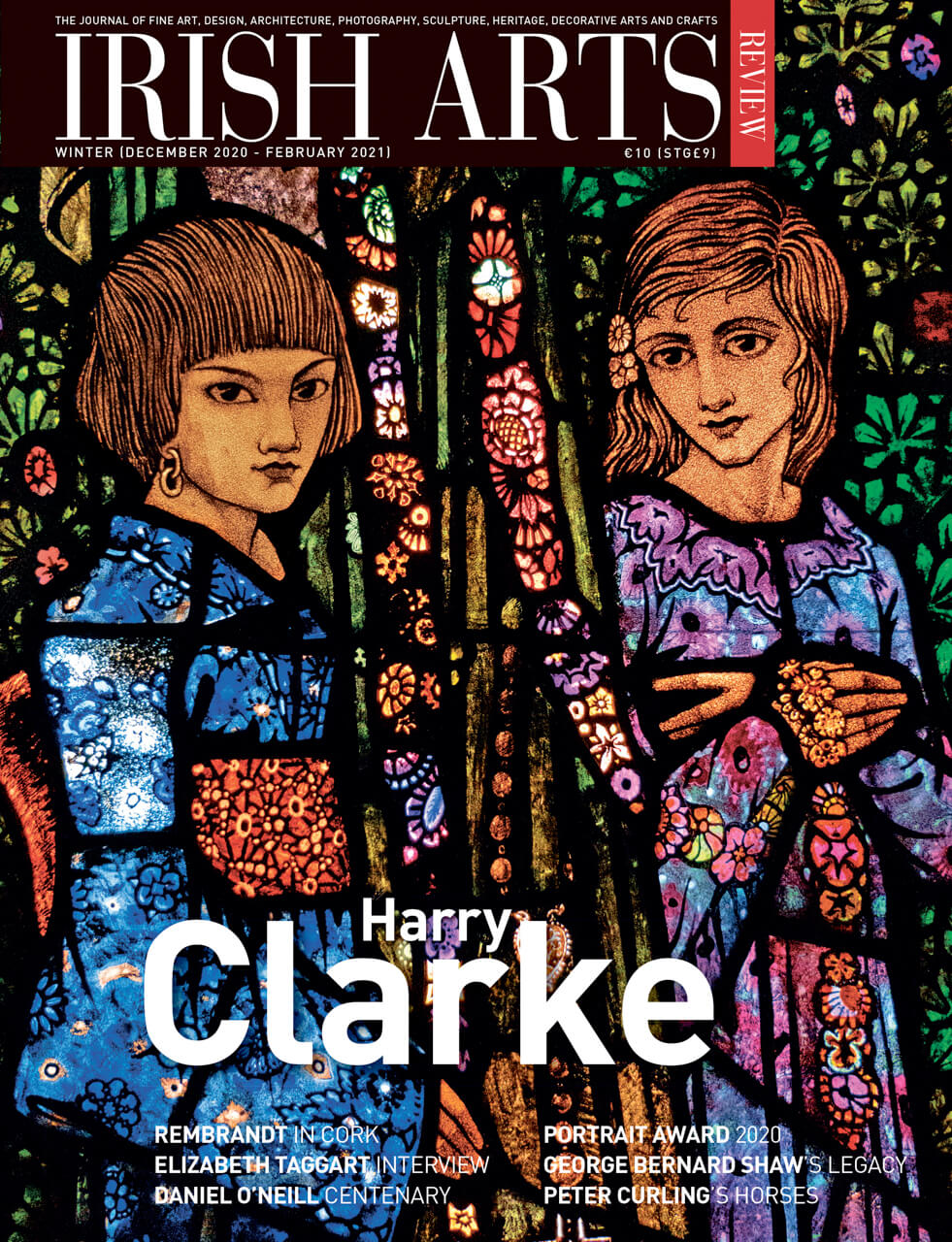
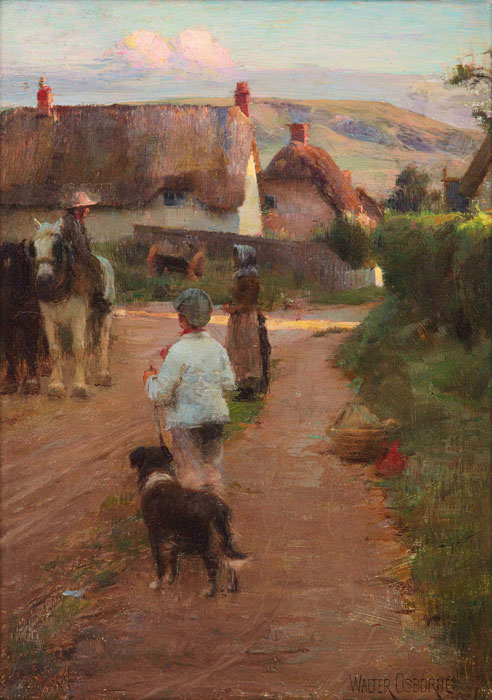
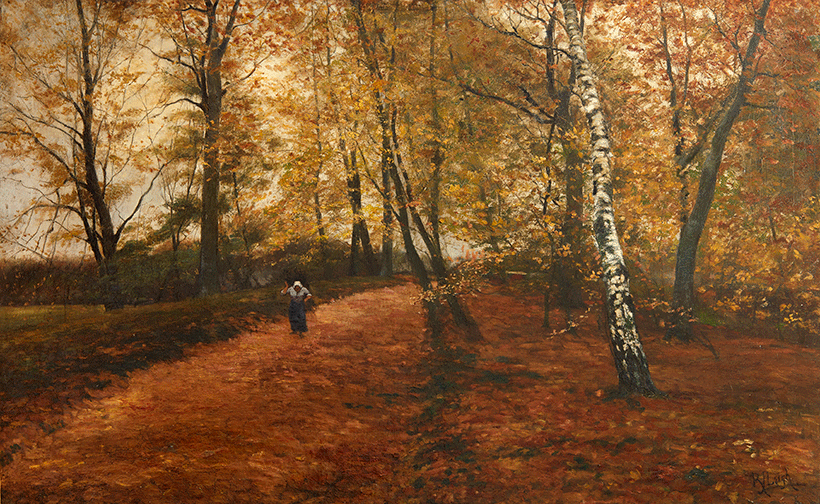
Rose Jane Leigh’s importance as an early pioneering Wexford landscape painter and her choice of studying in Antwerp placed her at the centre of the major art movements of the 19th and early 20th century, writes Mary Stratton Ryan
